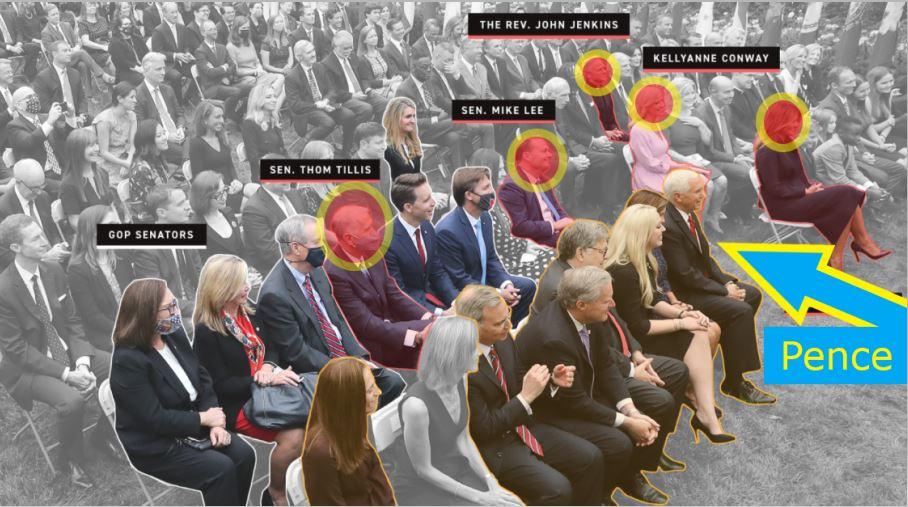Ken Layne
reason.com
September 24, 2013
Burned out from 20 years of speed and an increasingly fragile soul, science fiction writer Philip K. Dick is still bleary from getting his wisdom teeth removed when he answers his door to find a smiling delivery girl sent by the pharmacy. Her fish pendant—hippie Christians adopted the mystic symbol in the early 1970s—catches his eye, and a stream of pink light enters his mind.
Dick could never decide if the beam lasted only for a few seconds or was just the beginning of a series of connected visions and foggy revelations that went on for most of February and March of 1974, but he spent the rest of his life trying to interpret this religious experience. He had a persistent hunch that our world—his sunny and prosperous California—was a kind of Reality Overlay under which was a Black Iron Prison. That’s where we really lived, under constant surveillance, dulled by a virtual reality of free will.
The pink ray of light, with its throbbing, Google Image slideshow-style visions of modern paintings and ancient knowledge, predicted our modern world of fiber-optic cables pulsing with the light of our collective thoughts, images, desires, and transactions. When the National Security Agency (NSA) asked telecommunications companies for a tap into this collective consciousness in 2003, the intelligence shop was given its own room, 641A, at the vast SBC/AT&T data-switching center in San Francisco, where “beam splitters” rout the flow of information.
The Emergency Election Sale is now live! Get 30% to 60% off our most popular products today!



